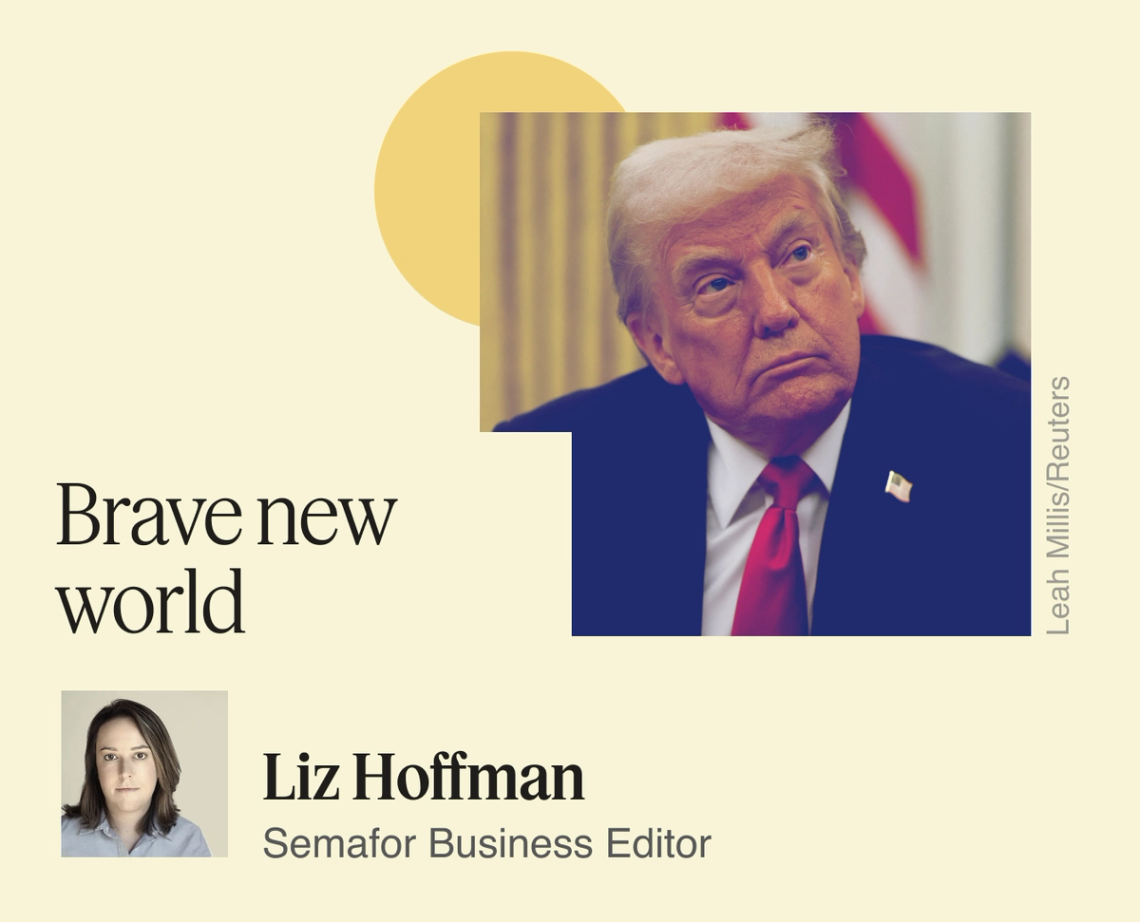 President Donald Trump is expected to announce the most dramatic shift in US trade policy in decades in a Rose Garden press conference tomorrow. That’s about all we know right now. Just hours from “Liberation Day,” details are scant on exactly how the president plans to upend 30 years of global commerce. His EU counterpart, Ursula von der Leyen, says the bloc has “a strong plan to retaliate,” but to what? Reciprocal tariffs — “whatever they charge us, we charge them,” in the president’s words — are likely, plus some indirect tariffs for targeted political effect, like pressuring Vladimir Putin on peace talks by taxing imports to the US from countries that buy Russian oil. The CEO of one investment giant I talked to this week was reduced to lobbing a simple request into the White House: schedule the announcement for after 4 pm, when the market is closed. (This was a request made by, among others, former NYSE President Stacey Cunningham during Trump’s first term, with some success.) Trump sees tariffs as a way to revive American manufacturing; a cudgel to settle scores and project strength; a source of revenue to pay for tax cuts; and an ideological war against a system that MAGA loathes. Most economists agree the first is unlikely and, outside of some national-security sectors, not worth subsidizing with an estimated $6 trillion tax on households. The second has yielded some foreign-policy wins. The third would require high and sustained tariffs that could actually sap government coffers, if economic growth slows and tax receipts drop. Trump’s first-term tariffs were mostly harmless, but were smaller and set against a more favorable economic backdrop of low interest rates and steady growth. The fourth — replacing the neoliberal world order — seems certain to work. Whatever the numbers are tomorrow, the economic world we’re heading into will look nothing like the postwar free-trade consensus that preceded it. |